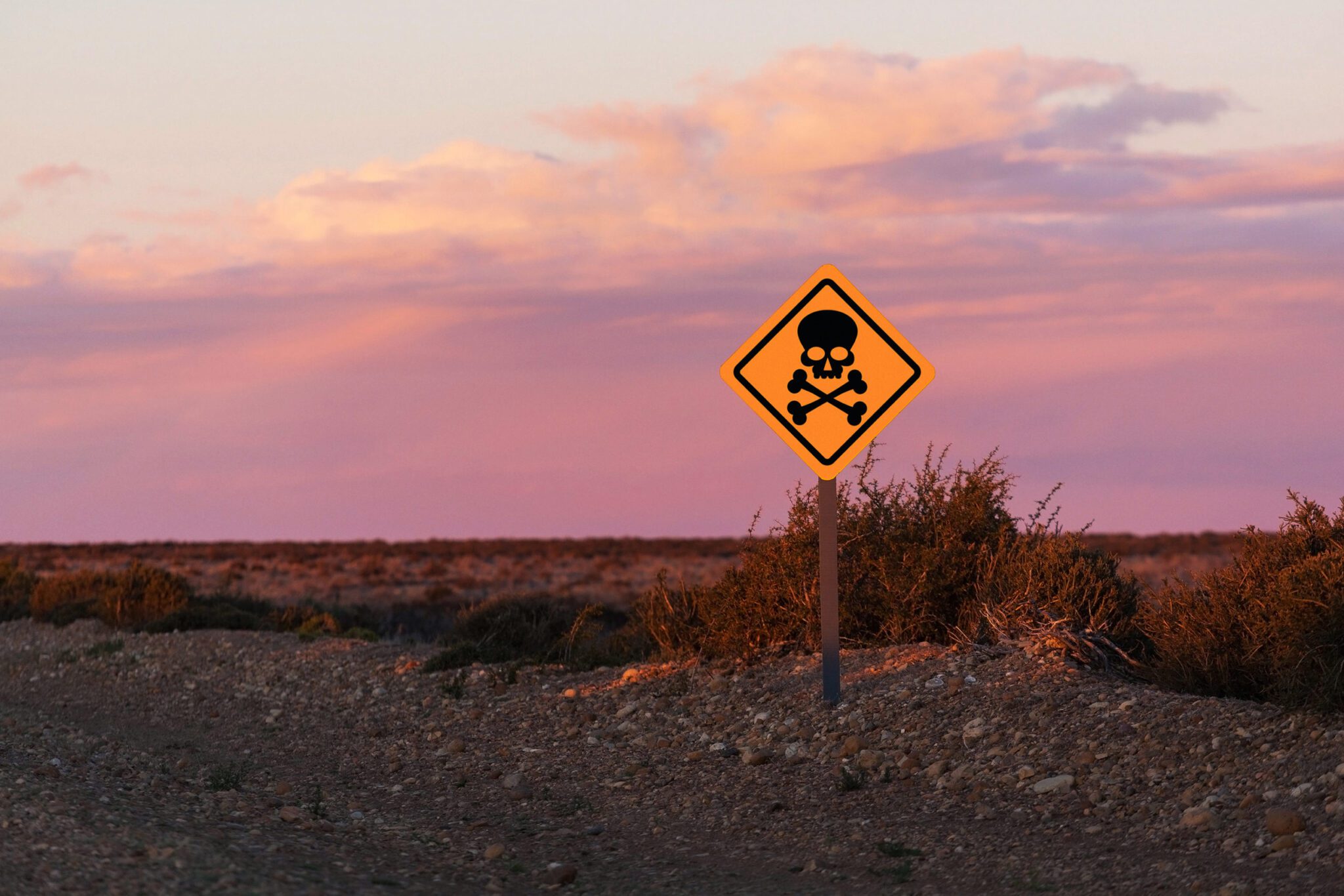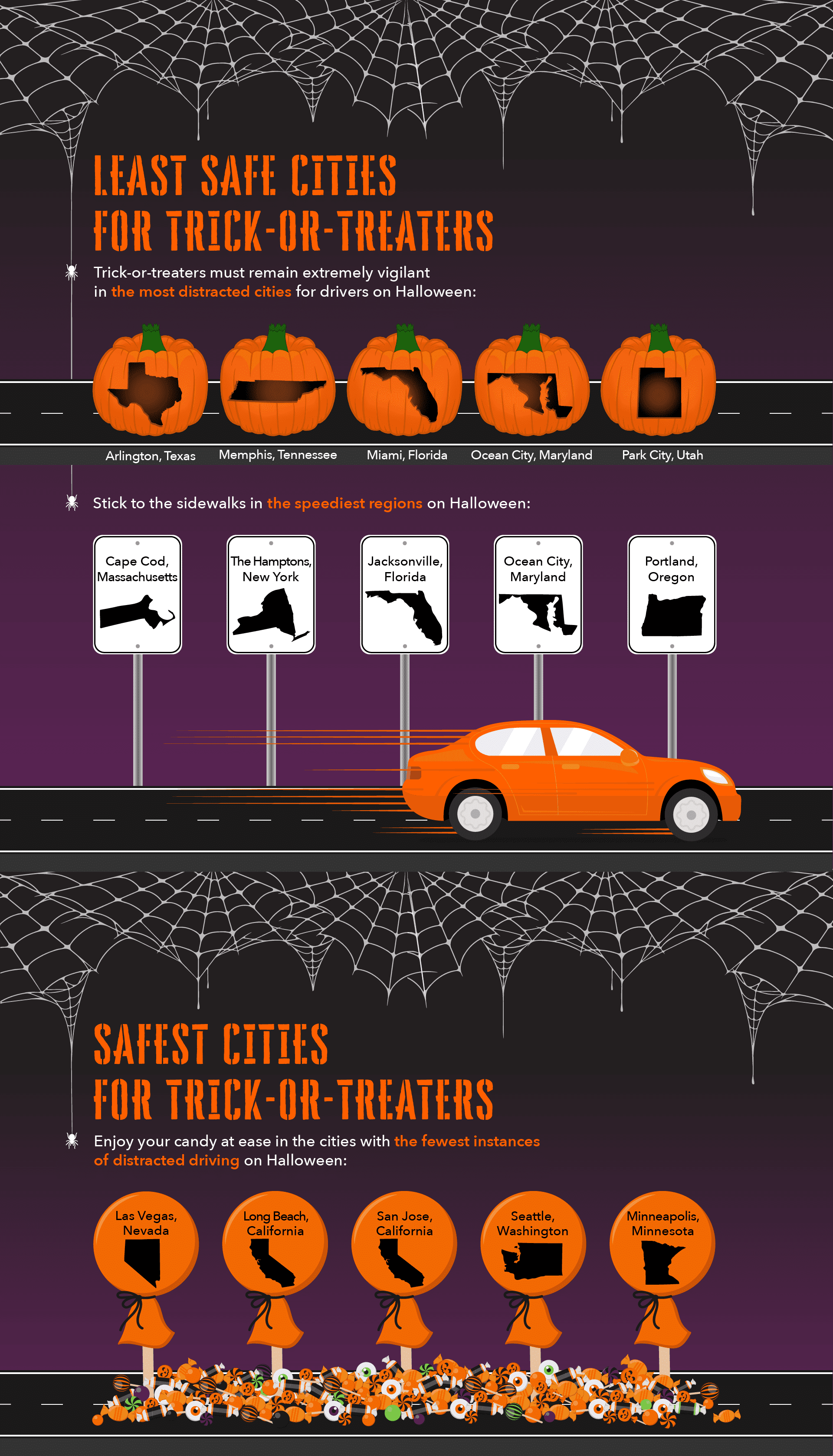CMT Releases the Scariest and Safest Regions to Trick-or-Treat in this Year

Distracted driving is a worldwide epidemic affecting our roads every day. This Halloween, more than 41 million people are expected to hit the streets for candy. To help keep them safe, Cambridge Mobile Telematics (CMT) analyzed more than 850 thousand drives in the U.S. to uncover the most dangerous cities for trick-or-treaters this Halloween.
In the United States, 32% of trips include at least one distraction event and 35% of drivers are distracted at least once per trip, according to an analysis of 65 million miles recorded in the United States. When a driver is distracted, it is usually not to quickly check the GPS or change the radio station. Instead, when a driver is distracted it is phone-based and it is for an average of 23 seconds.
However, distraction isn’t the scariest thing on the road during Halloween. Based on data pulled from October 31, 2018, we found that 39% of trips involved speeding, while 25% of drivers broke hard at least once. This means that speeding increased by an alarming 235% on Halloween, while hard braking increased 178%.
On the upside, there are ways in which driving behavior improves. Distraction events went down last Halloween by 61%. So despite those two peaks mentioned previously, it seems most commuters are well aware and vigilant about keeping their eyes on the road.

Halloween increases traffic – both pedestrian and vehicular – on the roads. Children are running from house to house collecting candy at the same time people are on their normal commutes home from work. As children conclude their trick-or-treating, adults are heading to Halloween festivities. NHTSA’s most recent report shows an alarming increase of pedestrian and bicycle accidents, and Halloween’s variability increases these risks even more. CMT’s report shows that while drivers remain dedicated to watching out for superheroes and witches and wizards crossing the street, there is still a higher likelihood of encountering a speeding or harsh braking event.
TIPS
- Drivers should slow down on the roads – especially in residential neighborhoods where trick or treaters may be crossing the street
- Parents should supervise children under 12 years old and discuss safety best practices, such as keeping a flashlight handy, staying on sidewalks, looking both ways, and only trick-or-treating on agreed upon route
- Trick-or-treaters should start early to avoid incidents with drivers speeding to their Halloween festivities
Methodology
CMT uses phone sensors to gather data about speeding, acceleration, hard braking, cornering, and smartphone distraction. We analyze raw data from smartphone sensors and our optional wireless Tag device to produce best-in-class insights. For the purposes of this study, CMT analyzed data from 856,962 trips on Halloween, 2018, and compared it to data of 7.5 million trips in October 2018 in North America.